Author Archives: Michael Tremante
Author Archives: Michael Tremante
The recent Salesloft breach taught us one thing: connections between SaaS applications are hard to monitor and create blind spots for security teams with disastrous side effects. This will likely not be the last breach of this type.
To fix this, Cloudflare is working towards a set of solutions that consolidates all SaaS connections via a single proxy, for easier monitoring, detection and response. A SaaS to SaaS proxy for everyone.
As we build this, we need feedback from the community, both data owners and SaaS platform providers. If you are interested in gaining early access, please sign up here.
SaaS platform providers, who often offer marketplaces for additional applications, store data on behalf of their customers and ultimately become the trusted guardians. As integrations with marketplace applications take place, that guardianship is put to the test. A key breach in any one of these integrations can lead to widespread data exfiltration and tampering. As more apps are added the attack surface grows larger. Security teams who work for the data owner have no ability, today, to detect and react to any potential breach.
In this post we explain the underlying technology required to make this work and help keep Continue reading
Since June 9, 2025, Internet users located in Russia and connecting to web services protected by Cloudflare have been throttled by Russian Internet Service Providers (ISPs).
As the throttling is being applied by local ISPs, the action is outside of Cloudflare’s control and we are unable, at this time, to restore reliable, high performance access to Cloudflare products and protected websites for Russian users in a lawful manner.
Internal data analysis suggests that the throttling allows Internet users to load only the first 16 KB of any web asset, rendering most web navigation impossible.
Cloudflare has not received any formal outreach or communication from Russian government entities about the motivation for such an action. Unfortunately, the actions are consistent with longstanding Russian efforts to isolate the Internet within its borders and reduce reliance on Western technology by replacing it with domestic alternatives. Indeed, Russian President Vladimir Putin recently publicly threatened to throttle US tech companies operating inside Russia.
External reports corroborate our analysis, and further suggest that a number of other service providers are also affected by throttling or other disruptive actions in Russia, including at least Hetzner, DigitalOcean, and OVH.
Cloudflare is seeing disruptions across Continue reading
Over the years, we have framed our Application Security features against market-defined product groupings such as Web Application Firewall (WAF), DDoS Mitigation, Bot Management, API Security (API Shield), Client Side Security (Page Shield), and so forth. This has led to unnecessary artificial separation of what is, under the hood, a well-integrated single platform.
This separation, which has sometimes guided implementation decisions that have led to different systems being built for the same purpose, makes it harder for our users to adopt our features and implement a simple effective security posture for their environment.
Today, following user feedback and our drive to constantly innovate and simplify, we are going back to our roots by breaking these artificial product boundaries and revising our dashboard, so it highlights our strengths. The ultimate goal remains: to make it shockingly easy to secure your web assets.
Introducing a new unified Application Security experience.
If you are a Cloudflare Application Security user, log in to the dashboard today and try out the updated dashboard interface. To make the transition easier, you can toggle between old and new interfaces.

Modern applications are built using a variety of technologies. Your app might include a web interface Continue reading
AI is transforming businesses — from automated agents performing background workflows, to improved search, to easier access and summarization of knowledge.
While we are still early in what is likely going to be a substantial shift in how the world operates, two things are clear: the Internet, and how we interact with it, will change, and the boundaries of security and data privacy have never been more difficult to trace, making security an important topic in this shift.
At Cloudflare, we have a mission to help build a better Internet. And while we can only speculate on what AI will bring in the future, its success will rely on it being reliable and safe to use.
Today, we are introducing Cloudflare for AI: a suite of tools aimed at helping businesses, developers, and content creators adopt, deploy, and secure AI technologies at scale safely.
Cloudflare for AI is not just a grouping of tools and features, some of which are new, but also a commitment to focus our future development work with AI in mind.

Let’s jump in to see what Cloudflare for AI can deliver for developers, security teams, and content creators…
If you Continue reading
Anyone using the Internet likely touches Cloudflare’s network on a daily basis, either by accessing a site protected by Cloudflare, using our 1.1.1.1 resolver, or connecting via a network using our Cloudflare One products.
This puts Cloudflare in a position of great responsibility to make the Internet safer for billions of users worldwide. Today we are providing threat intelligence and more than 10 new security features for free to all of our customers. Whether you are using Cloudflare to protect your website, your home network, or your office, you will find something useful that you can start using with just a few clicks.
These features are focused around some of the largest growing concerns in cybersecurity, including account takeover attacks, supply chain attacks, attacks against API endpoints, network visibility, and data leaks from your network.
You can read more about each one of these features in the sections below, but we wanted to provide a short summary upfront.
If you are a cyber security enthusiast: you can head over to our new Cloudforce One threat intelligence website to find out about threat actors, attack campaigns, and other Internet-wide Continue reading
Over the last twelve months, the Internet security landscape has changed dramatically. Geopolitical uncertainty, coupled with an active 2024 voting season in many countries across the world, has led to a substantial increase in malicious traffic activity across the Internet. In this report, we take a look at Cloudflare’s perspective on Internet application security.
This report is the fourth edition of our Application Security Report and is an official update to our Q2 2023 report. New in this report is a section focused on client-side security within the context of web applications.
Throughout the report we discuss various insights. From a global standpoint, mitigated traffic across the whole network now averages 7%, and WAF and Bot mitigations are the source of over half of that. While DDoS attacks remain the number one attack vector used against web applications, targeted CVE attacks are also worth keeping an eye on, as we have seen exploits as fast as 22 minutes after a proof of concept was released.
Focusing on bots, about a third of all traffic we observe is automated, and of that, the vast majority (93%) is not generated by bots in Cloudflare’s verified list and is potentially malicious.
API traffic Continue reading


We are constantly researching ways to improve our products. For the Web Application Firewall (WAF), the goal is simple: keep customer web applications safe by building the best solution available on the market.
In this blog post we talk about our approach and ongoing research into detecting novel web attack vectors in our WAF before they are seen by a security researcher. If you are interested in learning about our secret sauce, read on.
This post is the written form of a presentation first delivered at Black Hat USA 2023.
Many companies offer web application firewalls and application security products with a total addressable market forecasted to increase for the foreseeable future.
In this space, vendors, including ourselves, often like to boast the importance of their solution by presenting ever-growing statistics around threats to web applications. Bigger numbers and scarier stats are great ways to justify expensive investments in web security. Taking a few examples from our very own application security report research (see our latest report here):
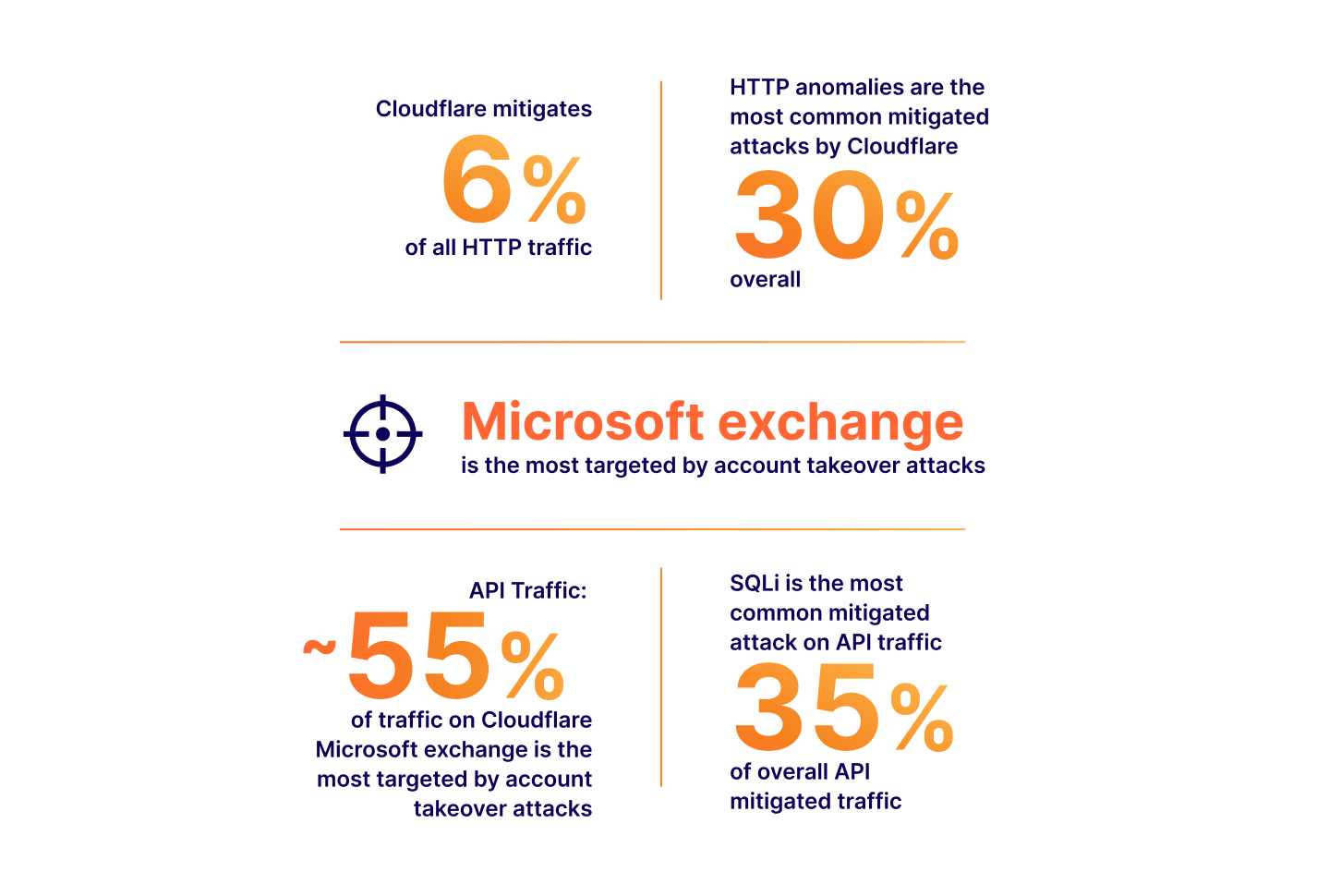
The numbers above all translate to real value: yes, a large portion of Internet HTTP traffic is malicious, therefore you could mitigate a non-negligible amount Continue reading


Modern web applications are complex, often loading JavaScript libraries from tens of different sources and submitting data to just as many. This leads to a vast attack surface area and many attack types that hackers may leverage to target the user browser directly. Magecart, a category of supply chain attack, is a good example.
To combat this, browser vendors (Google, Microsoft, Mozilla, etc.) have agreed on a standard that allows application owners to control browser behavior from a security perspective. This standard is called Content Security Policies (CSPs). Content Security Policies are implemented by application owners as a specially formatted HTTP response header that the browser then parses and enforces. This header can be used, for example, to enforce loading of JavaScript libraries only from a specific set of URLs. CSPs are good as they reduce the attack surface, but are hard to implement and manage, especially in a fast-paced development environment.
Starting today, Page Shield, our client-side security product, supports all major CSP directives. We’ve also added better reporting, automated suggestions, and Page Shield specific user roles, making CSPs much easier to manage.
If you are a Page Shield enterprise customer, log in to your Continue reading

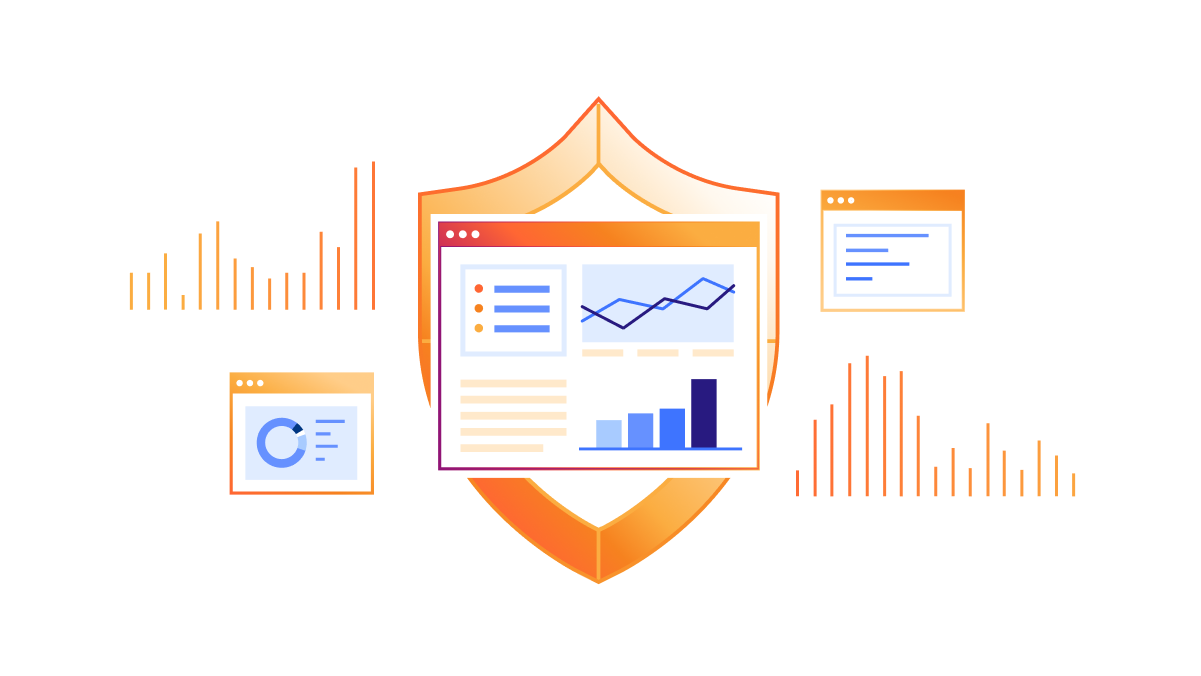
Cloudflare has a unique vantage point on the Internet. From this position, we are able to see, explore, and identify trends that would otherwise go unnoticed. In this report we are doing just that and sharing our insights into Internet-wide application security trends.
This report is the third edition of our Application Security Report. The first one was published in March 2022, with the second published earlier this year in March, and this is the first to be published on a quarterly basis.
Since the last report, our network is bigger and faster: we are now processing an average of 46 million HTTP requests/second and 63 million at peak. We consistently handle approximately 25 million DNS queries per second. That's around 2.1 trillion DNS queries per day, and 65 trillion queries a month. This is the sum of authoritative and resolver requests served by our infrastructure. Summing up both HTTP and DNS requests, we get to see a lot of malicious traffic. Focusing on HTTP requests only, in Q2 2023 Cloudflare blocked an average of 112 billion cyber threats each day, and this is the data that powers this report.
But as usual, before we dive in, Continue reading


One year ago we published our first Application Security Report. For Security Week 2023, we are providing updated insights and trends around mitigated traffic, bot and API traffic, and account takeover attacks.
Cloudflare has grown significantly over the last year. In February 2023, Netcraft noted that Cloudflare had become the most commonly used web server vendor within the top million sites at the start of 2023, and continues to grow, reaching a 21.71% market share, up from 19.4% in February 2022.
This continued growth now equates to Cloudflare handling over 45 million HTTP requests/second on average (up from 32 million last year), with more than 61 million HTTP requests/second at peak. DNS queries handled by the network are also growing and stand at approximately 24.6 million queries/second. All of this traffic flow gives us an unprecedented view into Internet trends.
Before we dive in, we need to define our terms.
Throughout this report, we will refer to the following terms:
BLOCK, CHALLENGE, JS_CHALLENGE and MANAGED_CHALLENGE. This does not include Continue reading

Web development teams are tasked with delivering feature-rich applications at lightning speeds. To help them, there are thousands of pre-built JavaScript libraries that they can integrate with little effort.
Not always, however, are these libraries backed with hardened security measures to ensure the code they provide is not tampered with by malicious actors. This ultimately leads to an increased risk of an application being compromised.
Starting today, tackling the risk of external JavaScript libraries just got easier. We are adding a new feature to our client side security solution: Page Shield policies. Using policies you can now ensure only allowed and vetted libraries are executed by your application by simply reviewing a checklist.
There are more than 4,373 libraries available on cdnjs, a popular JavaScript repository, at the time of writing. These libraries provide access to pre-built functionality to build web applications. The screenshot below shows the most popular on the platform such as React, Vue.js and Bootstrap. Bootstrap alone, according to W3Techs, is used on more than 20% of all websites.

In addition to library repositories like cdnjs, there are thousands of plugins provided directly by SaaS platforms including from names such as Continue reading


Let’s assume you manage a job advert site. On a daily basis job-seekers will be uploading their CVs, cover letters and other supplementary documents to your servers. What if someone tried to upload malware instead?
Today we’re making your security team job easier by providing a file content scanning engine integrated with our Web Application Firewall (WAF), so that malicious files being uploaded by end users get blocked before they reach application servers.
Enter WAF Content Scanning.
If you are an enterprise customer, reach out to your account team to get access.
At Cloudflare, we pride ourselves on making our products very easy to use. WAF Content Scanning was built with that goal in mind. The main requirement to use the Cloudflare WAF is that application traffic is proxying via the Cloudflare network. Once that is done, turning on Content Scanning requires a single API call.
Once on, the WAF will automatically detect any content being uploaded, and when found, scan it and provide the results for you to use when writing WAF Custom Rules or reviewing security analytics dashboards.
The entire process runs inline with your HTTP traffic and requires no change to your Continue reading


Page Shield can now watch for malicious outbound connections made by third-party JavaScript code
Many websites use third party JavaScript libraries to cut development time by using pre-built features. Common examples include checkout services, analytics tools, or live chat integrations. Any one of these JavaScript libraries may be sending site visitors’ data to unknown locations.
If you manage a website, and you have ever wondered where end user data might be going and who has access to it, starting today, you can find out using Page Shield’s Connection Monitor.
Page Shield is our client side security solution that aims to detect malicious behavior and compromises that affect the browser environment directly, such as those that exploit vulnerabilities in third party JavaScript libraries.
Connection Monitor, available from today, is the latest addition to Page Shield and allows you to see outbound connections being made by your users’ browsers initiated by third party JavaScript added to your site. You can then review this information to ensure only appropriate third parties are receiving sensitive data.
Customers on our business and enterprise plans receive visibility in outbound connections provided by Connection Monitor. If you are using our Page Shield enterprise add-on, you also Continue reading
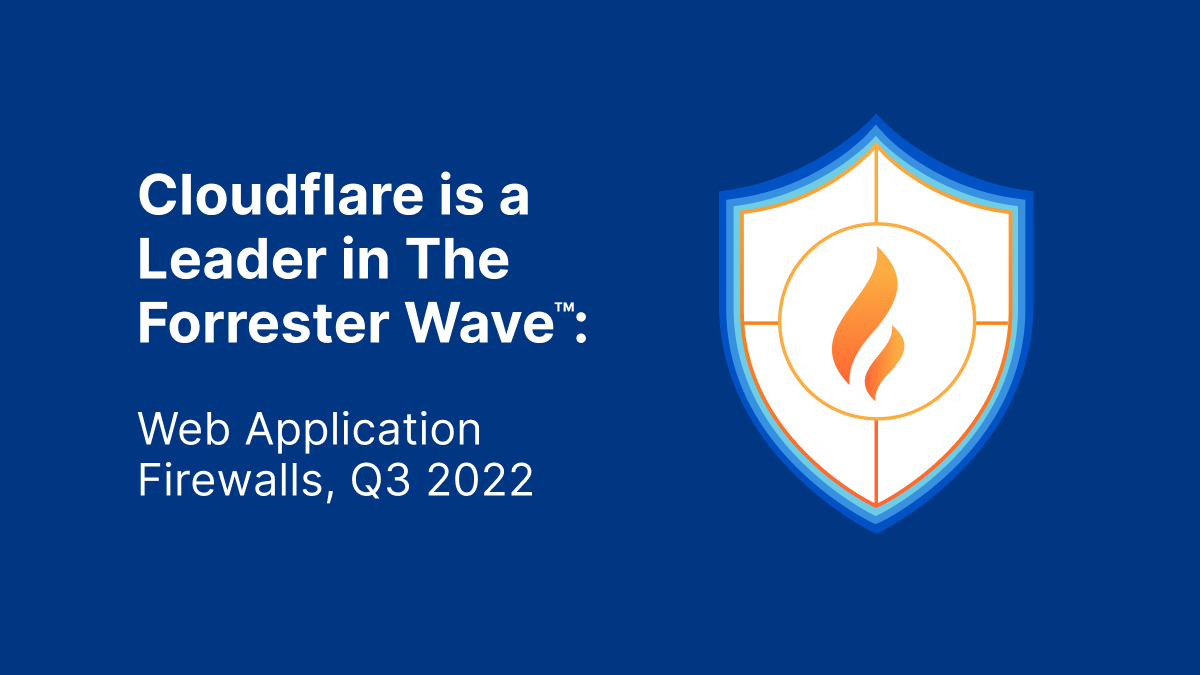
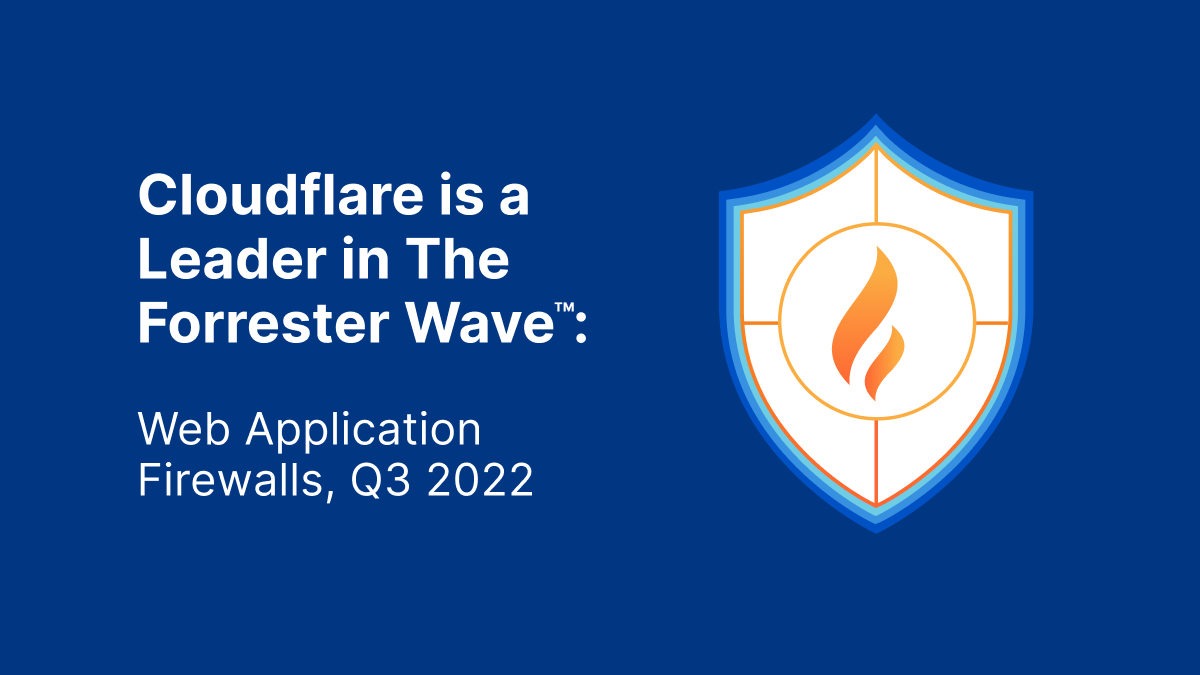
Forrester has recognised Cloudflare as a Leader in The Forrester Wave™: Web Application Firewalls, Q3 2022 report. The report evaluated 12 Web Application Firewall (WAF) providers on 24 criteria across current offering, strategy and market presence.
You can register for a complimentary copy of the report here. The report helps security and risk professionals select the correct offering for their needs.
We believe this achievement, along with recent WAF developments, reinforces our commitment and continued investment in the Cloudflare Web Application Firewall (WAF), one of our core product offerings.
The WAF, along with our DDoS Mitigation and CDN services, has in fact been an offering since Cloudflare’s founding, and we could not think of a better time to receive this recognition: Birthday Week.
We’d also like to take this opportunity to thank Forrester.
Cloudflare received the highest score of all assessed vendors in the strategy category. We also received the highest possible scores in 10 criteria, including:
According to Forrester, “Cloudflare Web Application Firewall shines in configuration and rule creation”, “Cloudflare stands out for its active online user community and its Continue reading
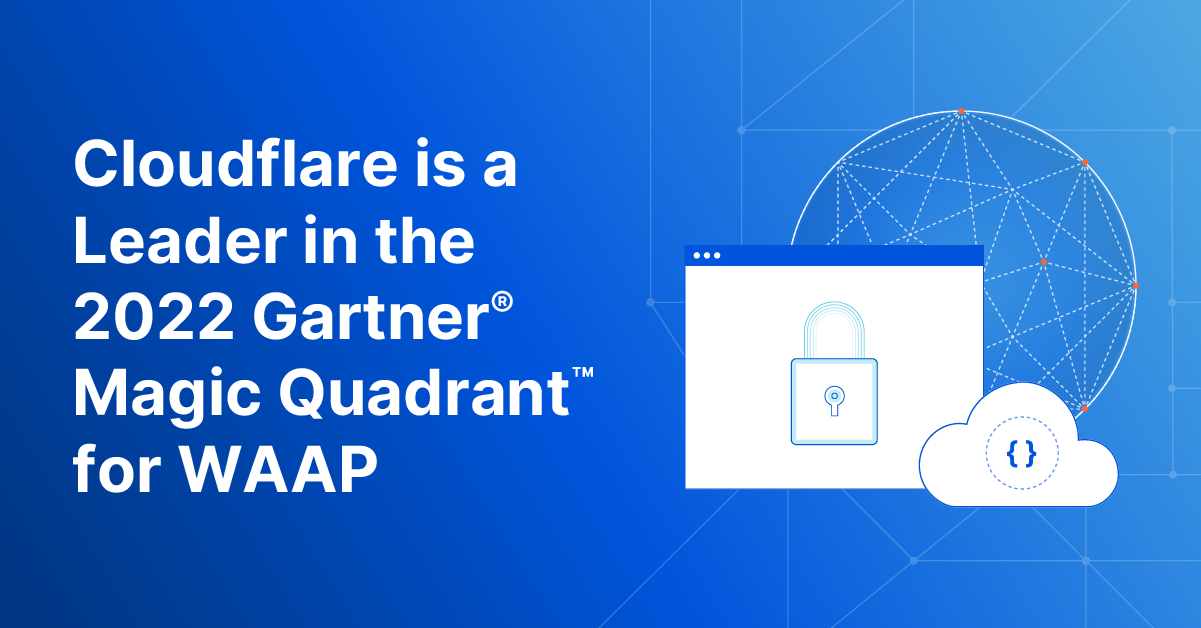

Gartner has recognised Cloudflare as a Leader in the 2022 "Gartner® Magic Quadrant™ for Web Application and API Protection (WAAP)" report that evaluated 11 vendors for their ‘ability to execute’ and ‘completeness of vision’.
You can register for a complimentary copy of the report here.
We believe this achievement highlights our continued commitment and investment in this space as we aim to provide better and more effective security solutions to our users and customers.
With over 36 million HTTP requests per second being processed by the Cloudflare global network we get unprecedented visibility into network patterns and attack vectors. This scale allows us to effectively differentiate clean traffic from malicious, resulting in about 1 in every 10 HTTP requests proxied by Cloudflare being mitigated at the edge by our WAAP portfolio.
Visibility is not enough, and as new use cases and patterns emerge, we invest in research and new product development. For example, API traffic is increasing (55%+ of total traffic) and we don’t expect this trend to slow down. To help customers with these new workloads, our API Gateway builds upon our WAF to provide better visibility and mitigations for well-structured API traffic for Continue reading
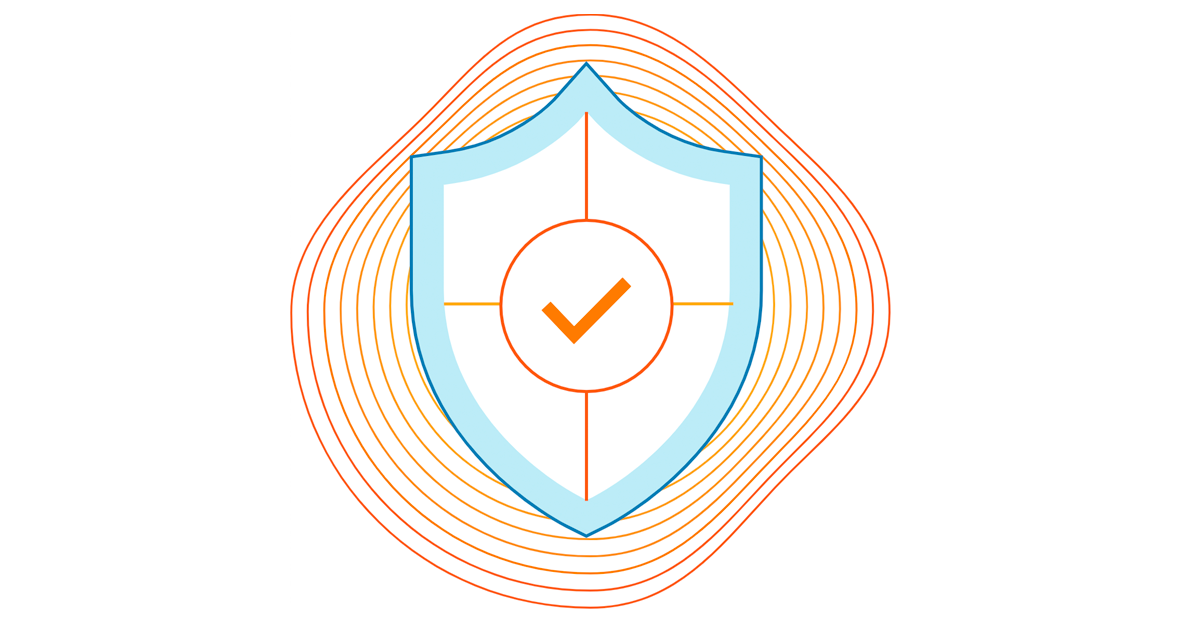
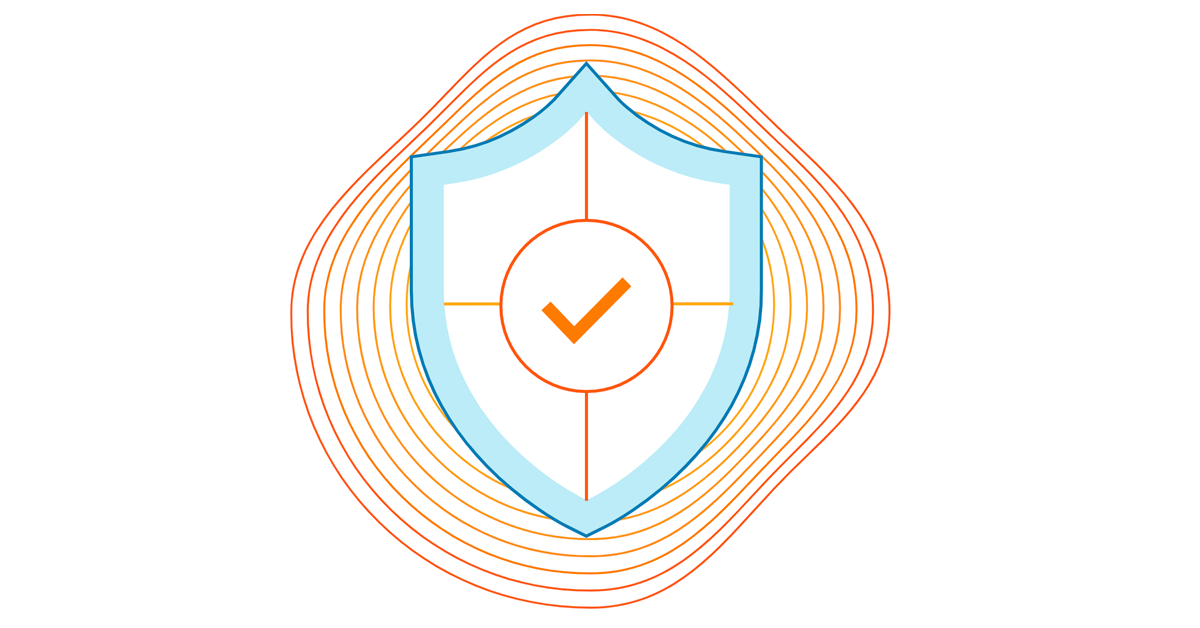
A set of high profile vulnerabilities have been identified affecting the popular Java Spring Framework and related software components - generally being referred to as Spring4Shell.
Four CVEs have been released so far and are being actively updated as new information emerges. These vulnerabilities can result, in the worst case, in full remote code execution (RCE) compromise:
Customers using Java Spring and related software components, such as the Spring Cloud Gateway, should immediately review their software and update to the latest versions by following the official Spring project guidance.
The Cloudflare WAF team is actively monitoring these CVEs and has already deployed a number of new managed mitigation rules. Customers should review the rules listed below to ensure they are enabled while also patching the underlying Java Spring components.
A new rule has been developed and deployed for this CVE with an emergency release on March 29:
Managed Rule Spring - CVE:CVE-2022-22947
e777f95584ba429796856007fbe6c869100522Note that the above rule is disabled by Continue reading
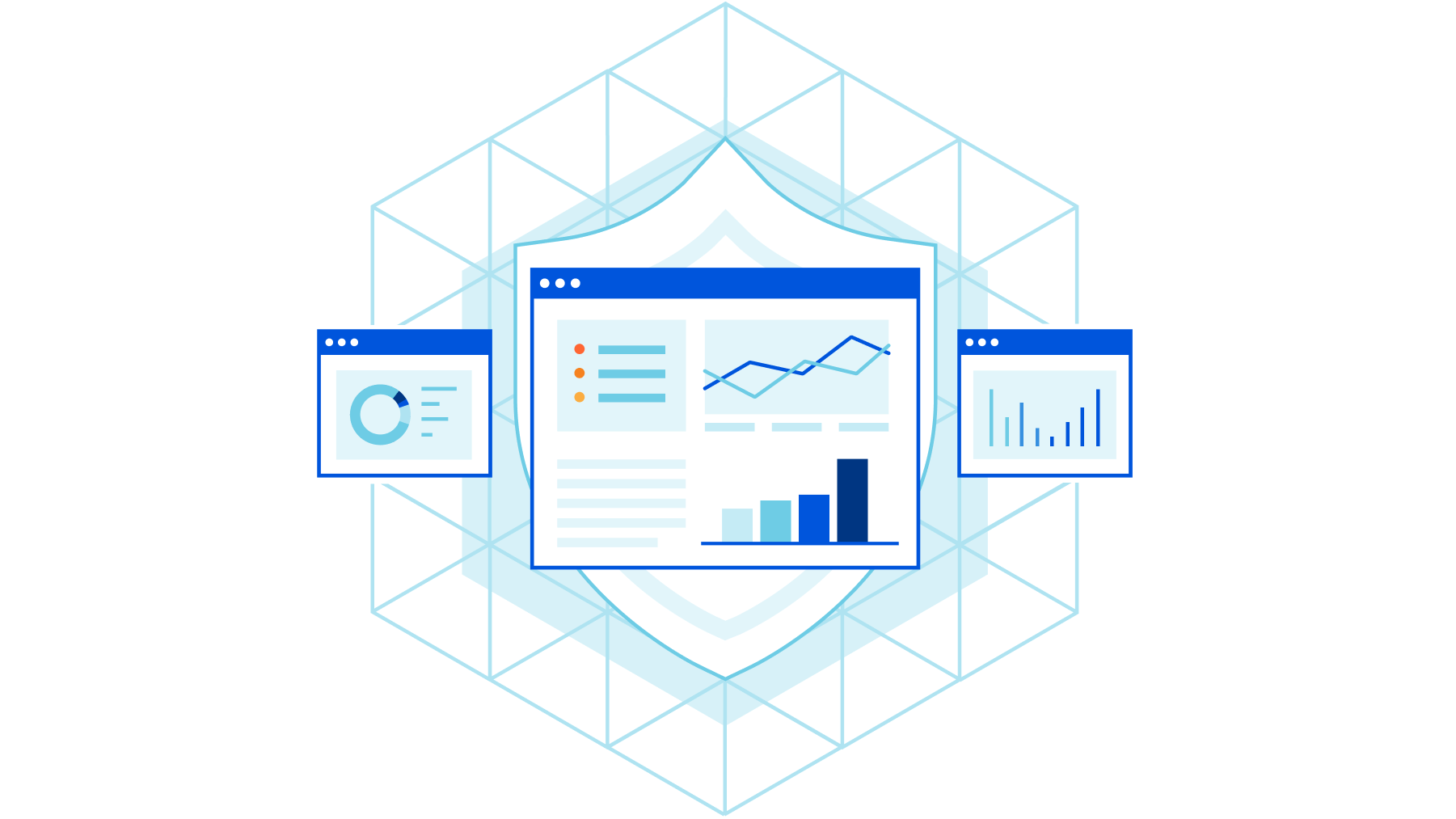
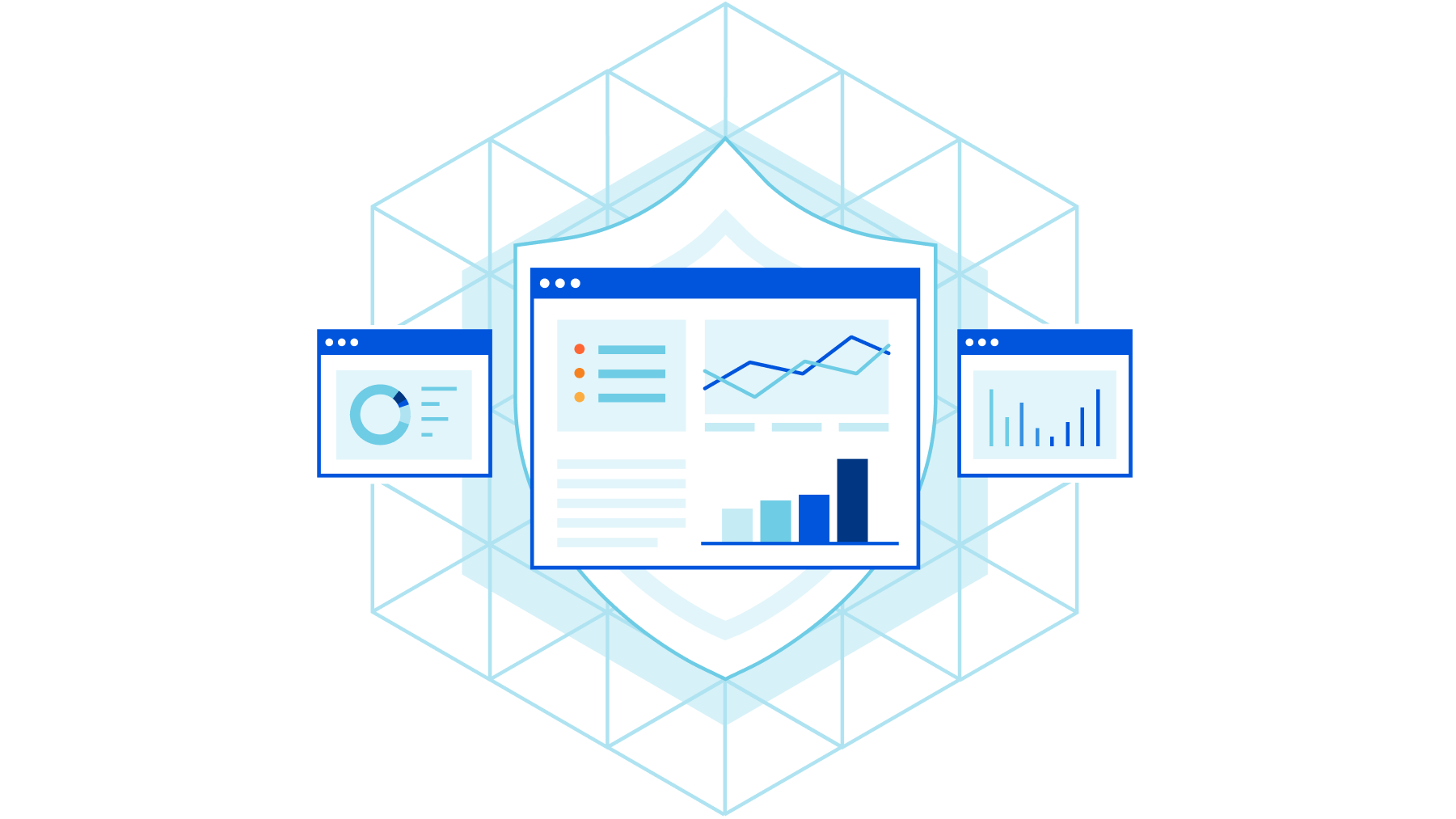
Developers, bloggers, business owners, and large corporations all rely on Cloudflare to keep their applications secure, available, and performant.
To meet these goals, over the last twelve years we have built a smart network capable of protecting many millions of Internet properties. As of March 2022, W3Techs reports that:
“Cloudflare is used by 80.6% of all the websites whose reverse proxy service we know. This is 19.7% of all websites”
Netcraft, another provider who crawls the web and monitors adoption puts this figure at more than 20M active sites in their latest Web Server Survey (February 2022):
“Cloudflare continues to make strong gains amongst the million busiest websites, where it saw the only notable increases, with an additional 3,200 sites helping to bring its market share up to 19.4%”
The breadth and diversity of the sites we protect, and the billions of browsers and devices that interact with them, gives us unique insight into the ever-changing application security trends on the Internet. In this post, we share some of those insights we’ve gathered from the 32 million HTTP requests/second that pass through our network.
Before we examine the data, it is useful to define Continue reading
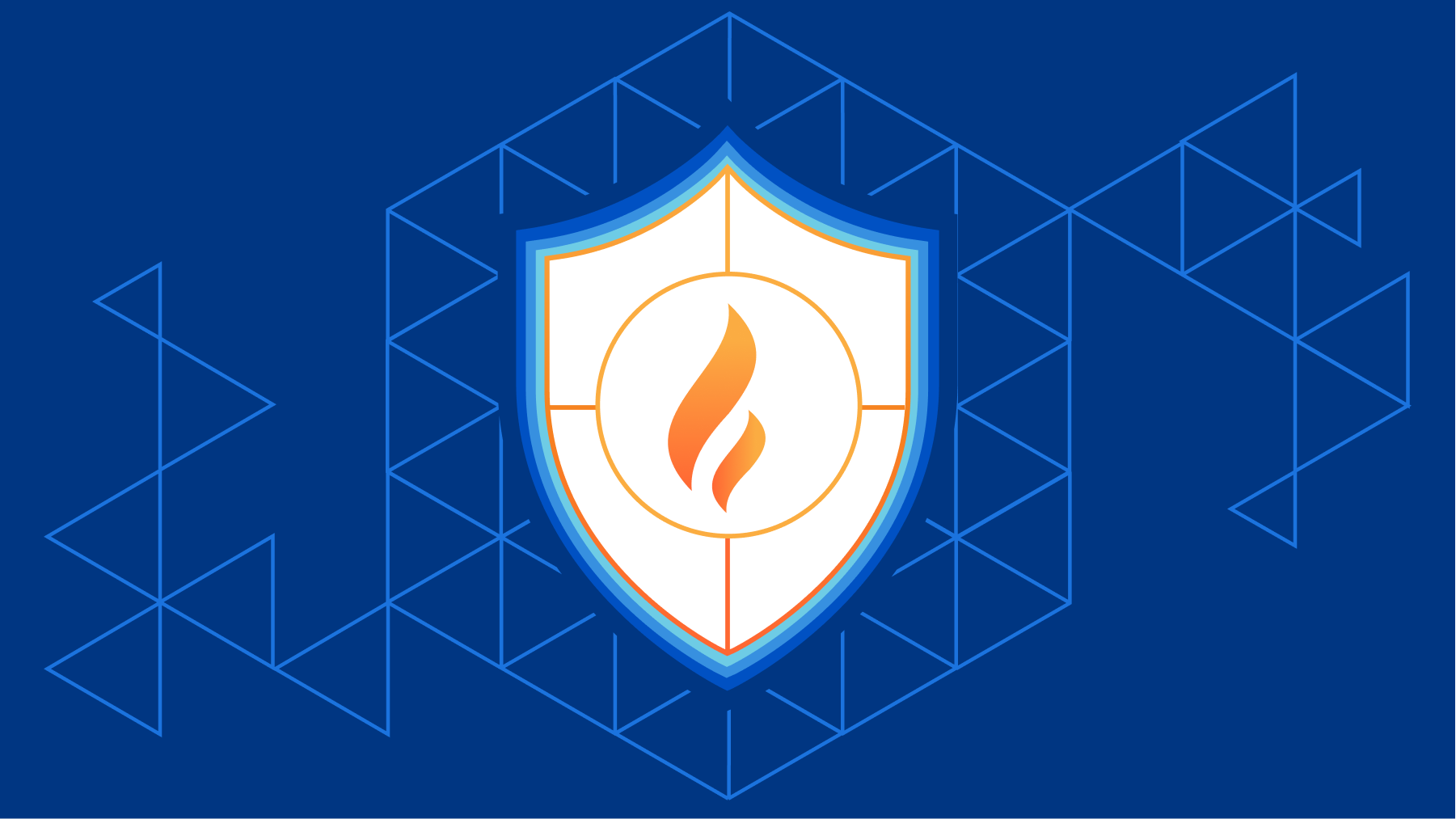
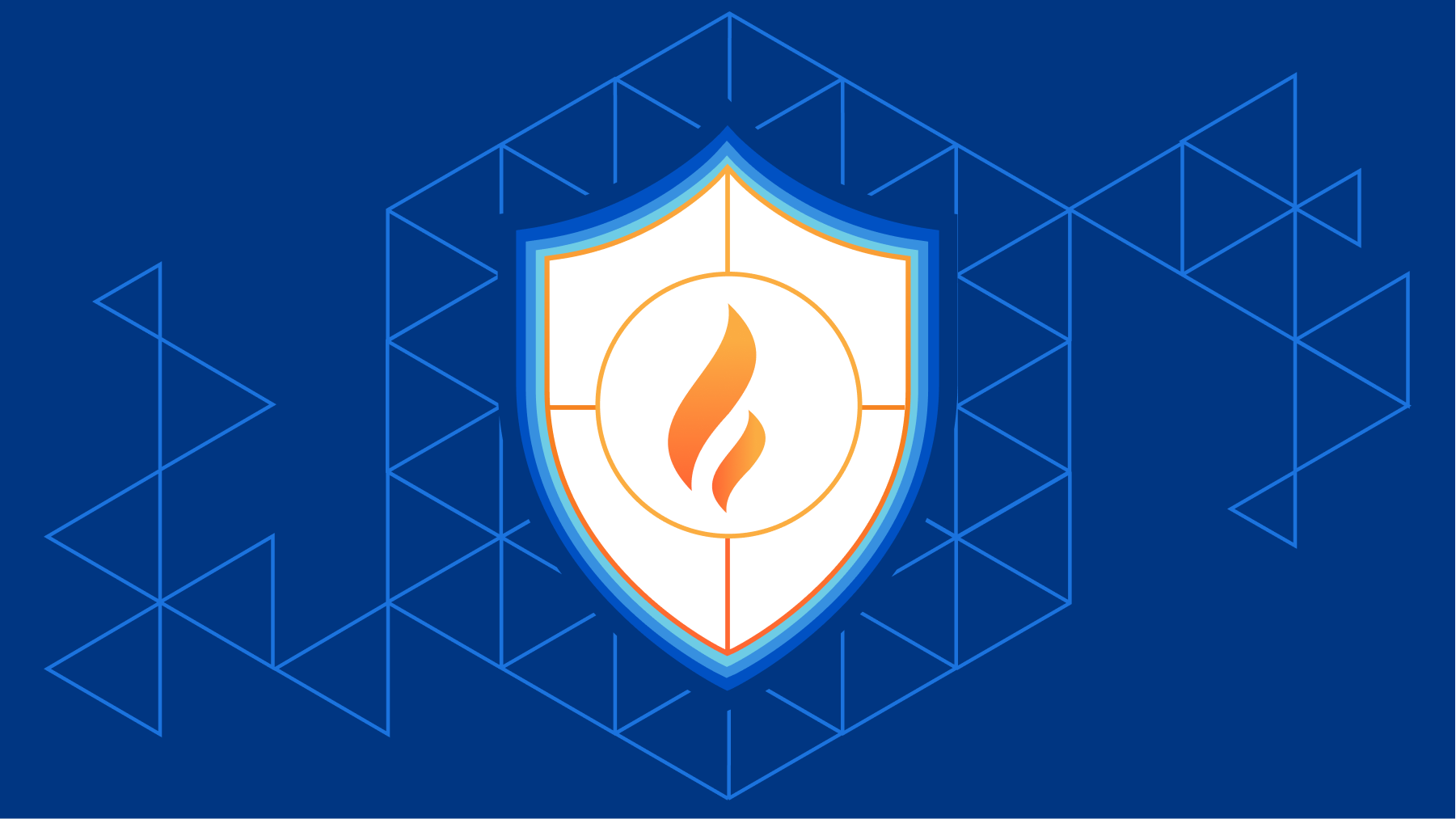
At Cloudflare, we like disruptive ideas. Pair that with our core belief that security is something that should be accessible to everyone and the outcome is a better and safer Internet for all.
This isn’t idle talk. For example, back in 2014, we announced Universal SSL. Overnight, we provided SSL/TLS encryption to over one million Internet properties without anyone having to pay a dime, or configure a certificate. This was good not only for our customers, but also for everyone using the web.
In 2017, we announced unmetered DDoS mitigation. We’ve never asked customers to pay for DDoS bandwidth as it never felt right, but it took us some time to reach the network size where we could offer completely unmetered mitigation for everyone, paying customer or not.
Still, I often get the question: how do we do this? It’s simple really. We do it by building great, efficient technology that scales well—and this allows us to keep costs low.
Today, we’re doing it again, by providing a Cloudflare WAF (Web Application Firewall) Managed Ruleset to all Cloudflare plans, free of charge.
High profile vulnerabilities have a major impact across the Internet affecting organizations of Continue reading


Recent events are bringing cybersecurity to the forefront of many conversations.
Governments around the world are encouraging businesses to go “shields up” following Ukraine’s invasion. The current threat is significantly higher than before and any organization with Internet-facing infrastructure should put security as a top priority for the year.
To help keep services online, Cloudflare is also participating in the Critical Infrastructure Defense Project ensuring teams can get the best help to secure networks and applications more vulnerable to cyber threats, such as those in the medical, water and energy sectors.
As another example, not too long ago, Log4J, a high-severity vulnerability affecting many Java-based applications, also highlighted how important good security is on the Internet as attackers immediately started scanning for vulnerable applications within hours of the attack vector becoming public.
Unfortunately, these events are almost certainly not going to be our last reminders.
Over the next six days, we intend to tackle the broad topic of cyber security with a simple goal: ensure security is no longer an afterthought.
Security, however, is also hard, and you never know when “you’ve done enough”. The importance of good security practices should never be underestimated. Reliable and secure Continue reading
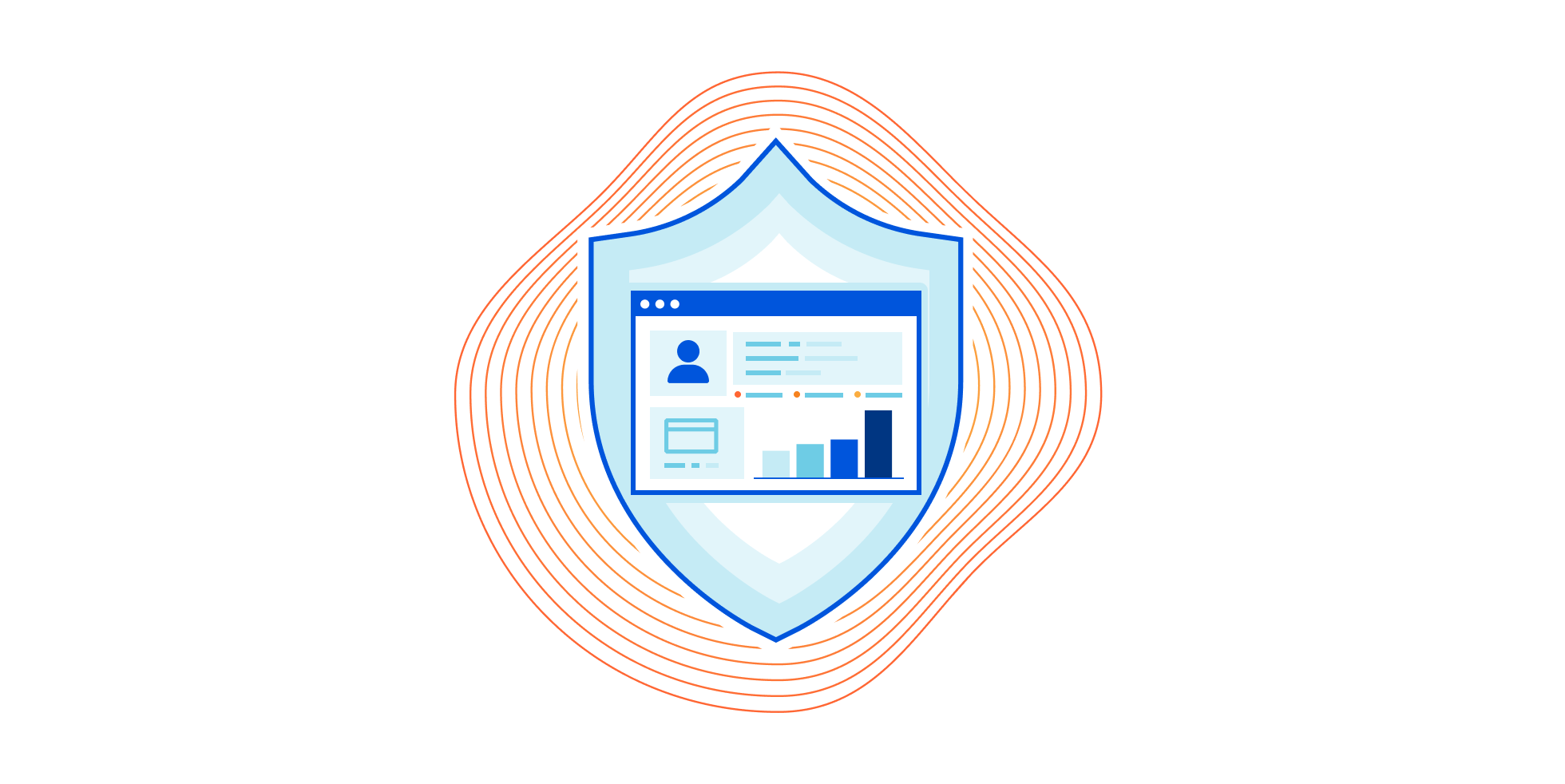
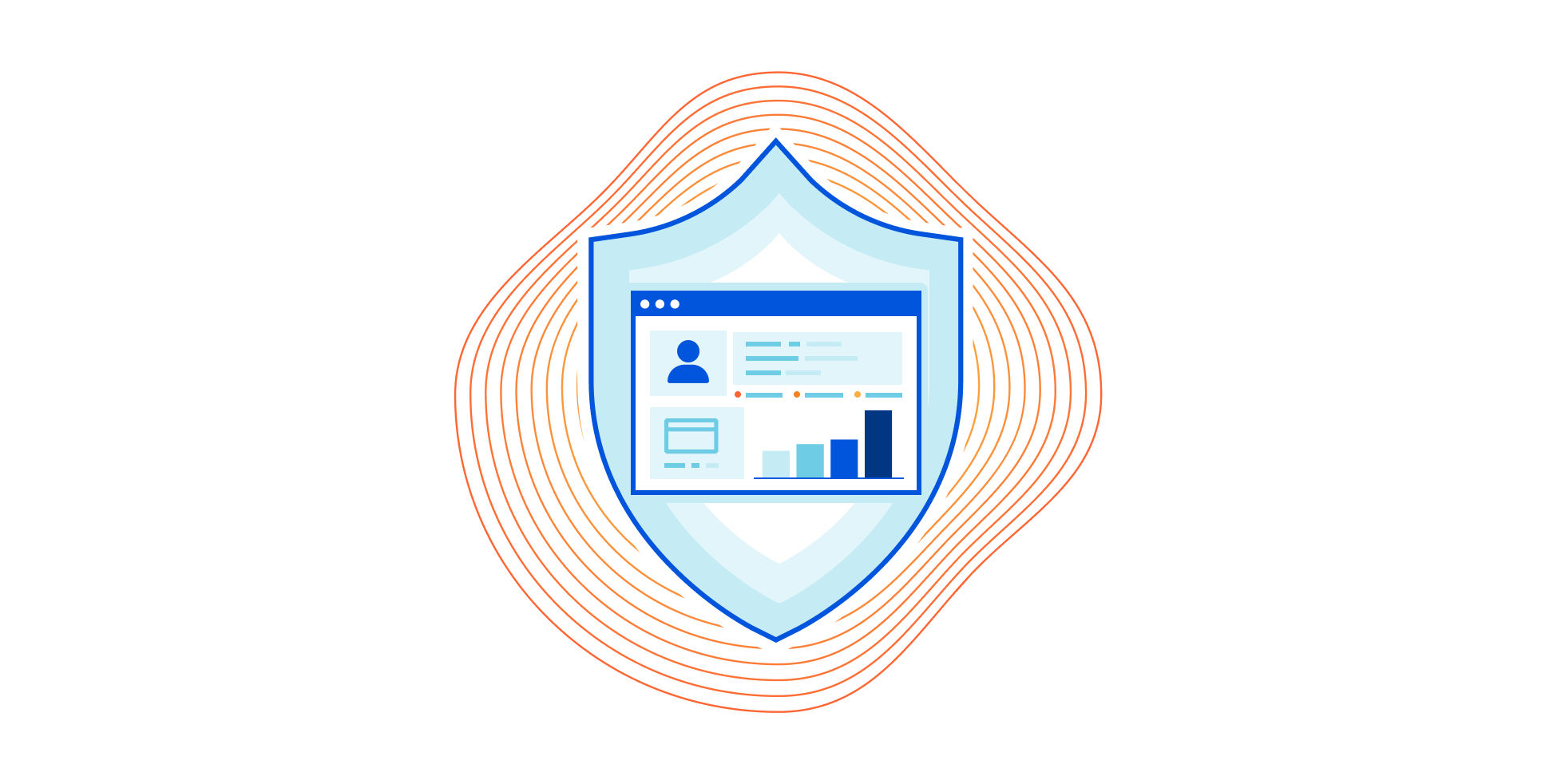
Supply chain attacks are a growing concern for CIOs and security professionals.
During a supply chain attack, an attacker compromises a third party tool or library that is being used by the target application. This normally results in the attacker gaining privileged access to the application’s environment allowing them to steal private data or perform subsequent attacks. For example, Magecart, is a very common type of supply chain attack, whereby the attacker skimms credit card data from e-commerce site checkout forms by compromising third party libraries used by the site.
To help identify and mitigate supply chain attacks in the context of web applications, today we are launching Page Shield in General Availability (GA).
With Page Shield you gain visibility on what scripts are running on your application and can be notified when they have been compromised or are showing malicious behaviour such as attempting to exfiltrate user data.
We’ve worked hard to make Page Shield easy to use: you can find it under the Firewall tab and turn it on with one simple click. No additional configuration required. Alerts can be set up separately on an array of different events.

Back in March of this Continue reading